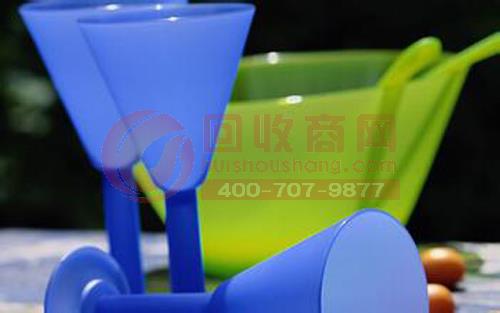Five methods of waste plastics processing (1)
Among the current municipal solid wastes, waste plastics account for a large proportion, with a share of 15%-20%. It is worth noting that most of these waste plastic solid wastes are disposable plastic packaging products. The production of a large amount of waste plastic waste has become a huge social problem. In the treatment of urban plastic solid waste, three methods of landfill, incineration and recycling are currently used. Due to different national conditions, countries vary. The United States is mainly landfill, and Europe and Japan are mainly based on incineration. Due to the landfill treatment, the plastic products are generally light and not easy to rot, which will result in the landfill becoming a soft foundation and will be difficult to use in the future. Incineration treatment, because the plastic generates a large amount of heat, it is easy to damage the furnace, and the gas generated after incineration will promote the warming of the earth. Some plastics will release harmful gases and pollute the atmosphere when incinerated. Adopting the method of recycling and reuse, due to labor consumption, high recycling cost, and lack of corresponding recycling channels, the world recycling and recycling only accounts for about 15% of the total plastic consumption. However, due to the limited world oil resources, from the perspective of saving the earth's resources, the recycling of plastics is of great significance. To this end, all countries in the world have invested a lot of manpower and material resources to develop various key technologies for the recycling of waste plastics, and are working to reduce the cost of recycling and recycling plastics. Recovery heat method Most of the plastics are made from petroleum. The main component is hydrocarbons, which can be burned. For example, polystyrene burns more heat than dye oil. Some experts believe that the plastic waste can be sent to the incinerator for combustion, which can provide heat for heating or power generation. Because 86% of the petroleum dyes are directly burned, only 4% of them are made of plastic products. When the plastics are used up, they are sent to the heat. It is normal to burn off. The use of heat is one of the last methods of plastic recycling. It should not be underestimated. But many environmental groups are opposed to burning plastics. They believe that the incineration method will burn all the messy chemicals and produce toxic gases. For example, half of the PVC component is chlorine, and the chlorine gas emitted during combustion has a strong erosion and destructive power, and is the culprit causing evil. At present, there are 200,000 tons of PVC waste in Germany every year, 30% of which are burned in the incinerator, which is very popular and the law has to formulate countermeasures. The German Federal Environment Agency has stipulated that all incinerators must meet the limit of less than 0.1 ng per nanometer of exhaust gas. Although the air pollution standards of incinerators in Germany are already recognized as high standards in the world, they still do not dare to say that the combustion method will not release harmful substances due to mechanical failures. Therefore, it is foreseeable that environmental groups in various countries will vigorously oppose the incineration method to recover heat. Classified recycling As a plastic recycling, the most important thing is to classify. Common plastics are polystyrene, polypropylene, low density polyethylene, high density polyethylene, polycarbonate, polyvinyl chloride, polyamide, polyurethane, etc. The difference between these plastics is difficult to distinguish. Most of the current plastic classification work is done manually. Recently, there has been a new research progress in machine classification. A German chemical technology association invented the use of infrared rays to identify categories, which are both fast and accurate, but with high sorting costs. Recommended article: Five methods of waste plastic processing (2) http://news.huishoushang.com/68721.html Kaysen Steel is a China manufacturer and supplier of Sanitary cleaning equipments with sanitary strainer,sanitary filters,hygienic sight glasses, food grade manways, we provide you with superial quality Sanitary cleaning equipments with sanitary strainer,sanitary filters,hygienic sight glasses, food grade manways and cheap price. Welcome to buy Sanitary cleaning equipments with sanitary strainer,sanitary filters,hygienic sight glasses, food grade manways products from us in wholesale business.If you have any questions or inquiries please feel free to contact us. Sanitary Cleaning Equipments,Sanitary Strainer Filters,Hygienic Sight Glasses,Food Grade Manways Kaysen Steel Industry Co., Ltd. , https://www.chinasanitaryvalve.com